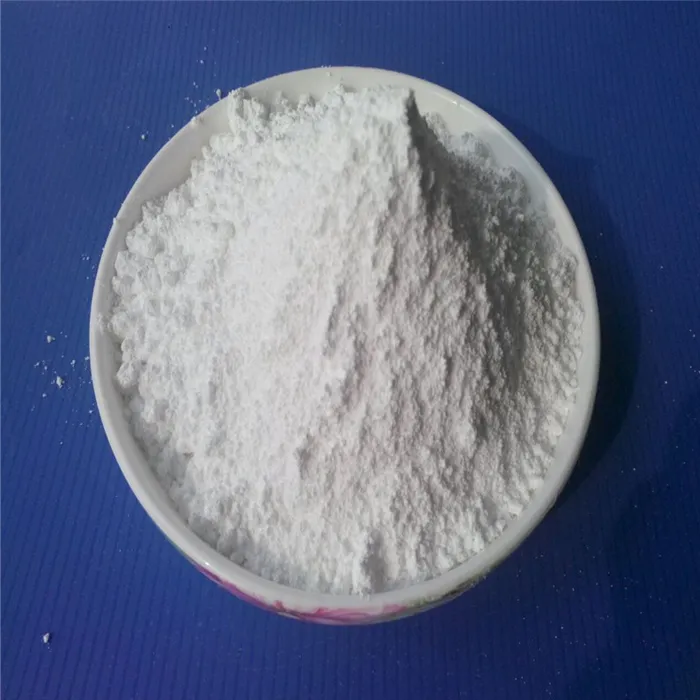Chemicals Used in Wastewater Treatment
Wastewater treatment is a vital process that ensures the protection of public health and the environment. As urbanization and industrialization continue to rise, the complexity of wastewater increases, necessitating the use of various chemicals to efficiently manage and treat wastewater. This article explores the key chemicals employed in wastewater treatment, their functions, and the impacts they have on the treatment process.
1. Coagulants
Coagulation is one of the first steps in the wastewater treatment process. Coagulants, such as aluminum sulfate (alum), ferric chloride, and polyaluminum chloride, are added to wastewater to promote the aggregation of suspended particles. The addition of these chemicals neutralizes the charges on particles, allowing them to clump together and form larger aggregates called flocs. This process enhances the removal of turbidity and colloidal materials during sedimentation and filtration. The effectiveness of coagulants can depend on the specific characteristics of the wastewater being treated, prompting operators to choose the most suitable chemical for their applications.
2. Flocculants
After coagulation, flocculants are introduced to facilitate the settling of the newly formed flocs. These high-molecular-weight polymers, such as polyacrylamide and natural-based flocculants, further aid in binding flocs together, improving the sedimentation process. Flocculants increase the size of flocs, allowing for faster settling and enhanced separation of solids from the liquid phase. This step is crucial in minimizing the time and resources needed for subsequent treatment processes.
3. pH Adjusters
The pH of wastewater plays a significant role in determining the efficiency of various treatment processes. Chemicals such as sulfuric acid, sodium hydroxide, and lime are commonly used to adjust the pH of wastewater, optimizing the conditions for coagulation, flocculation, and biological treatment. For instance, acidic conditions may enhance nutrient removal, while alkaline conditions may facilitate the precipitation of phosphorus. Proper pH management also reduces corrosion potential in pipes and equipment, thereby extending the lifetime of treatment infrastructure.
chemicals used in waste water treatment

4. Disinfectants
Disinfection is a critical final step in wastewater treatment aimed at eliminating pathogens that could pose health risks. Chemicals like chlorine, chloramines, ozone, and ultraviolet (UV) light are prevalent in disinfection processes. Chlorine is widely used due to its effectiveness and cost-efficiency; however, its use comes with concerns about the formation of hazardous byproducts, such as trihalomethanes. Alternatives like ozone and UV light are increasingly considered for their ability to inactivate pathogens without the formation of harmful residues. The choice of disinfectant depends on various factors, including regulatory requirements, treatment goals, and potential environmental impacts.
5. Nutrient Removal Chemicals
In wastewater containing high levels of nutrients, particularly nitrogen and phosphorus, specific chemicals are employed to facilitate removal. The use of substances like sodium hypochlorite, ammonium sulfate, and aluminum salts can enhance biochemical nutrient removal processes. For instance, chemical precipitation with aluminum or iron salts can significantly reduce phosphorus levels, which is vital for preventing eutrophication in receiving bodies of water.
6. Odor Control Agents
Treating wastewater often releases odors that can impact surrounding communities. To mitigate this, odor control agents such as activated carbon, calcium nitrate, and various biocides are used. These agents can absorb or neutralize odorous compounds, improving the air quality around treatment facilities and reducing public complaints.
Conclusion
The use of chemicals in wastewater treatment is essential for meeting environmental standards and ensuring public health. By understanding the functions and applications of various chemicals like coagulants, flocculants, disinfectants, and others, wastewater treatment facilities can enhance their efficiency and effectiveness. As regulations evolve and the challenges of wastewater management increase, the continued development and implementation of chemical treatments will play a crucial role in sustainable wastewater management practices. The careful selection and application of these chemicals not only improve treatment outcomes but also contribute to the preservation of our water resources for future generations.

